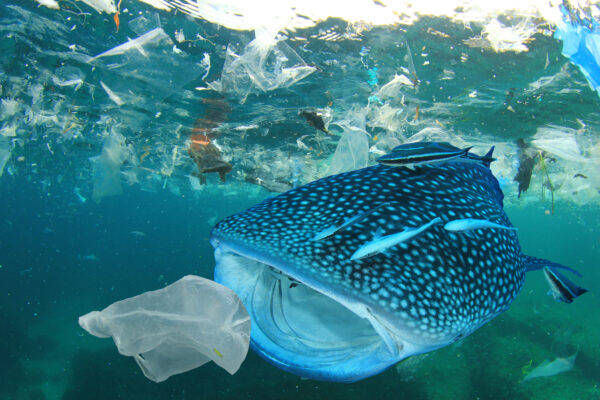Unmasking the Impact of Skincare on Our Oceans
Skincare products frequently include detrimental ingredients such as oxybenzone, and octinoxate. These ingredients are often found in sunscreens. They have huge negative effects on our marine ecosystems and contribute to the process of coral bleaching. Due to a lack of awareness, an estimated 14,000 tons of sunscreen washes into the oceans on an annual basis, causing harm to marine life and their habitats. Another problematic ingredient is microbeads. They are used for exfoliation purposes and pose a substantial threat to marine life. Their small size bypasses wastewater treatment plant filters and consequently pollutes the oceans. Marine species often mistake these microbeads for food, causing them physical harm and exposure to hazardous chemicals which can lead to their death.
However, these aren’t the only ingredients posing a threat. Antimicrobial agents such as triclosan and triclocarban, found in many personal care items, wreak havoc on the endocrine systems of marine animals. They are also extensively toxic to marine algae—an essential component of the marine food chain. Adding to these hazards are preservatives like parabens that are used extensively in skincare products. Parabens disrupt the hormonal balance in marine species due to their estrogen-mimicking properties. Research has found their presence in the tissues of different marine life, including dolphins and sea otters. Synthetic fragrances, usually described as ‘fragrance’ or ‘parfum’ on product labels, are a mixture of different chemical compounds destructive to marine life — causing anything ranging from physical damage to hormonal imbalance.

In addition to damaging ingredients, non-sustainable packaging amplifies the harm to our oceans. Skincare packaging, often made of single-use plastics, is non-biodegradable and can take hundreds of years to decompose, leaking harmful chemicals into the ocean over time. From reckless littering to improper disposal, plastic waste from skincare packaging generally ends up in oceans, posing a significant threat to marine life who unsuspectingly consume them, causing fatal injuries. The disintegration of these plastic items results in the formation of microplastics — plastic particles less than 5mm in size. These particles, once in the ocean, are nearly impossible to filter out and cause substantial harm as marine creatures consume them. This not only affects the creatures themselves but, through accumulation in the food chain, also poses risks to human health.
Taking the Plunge: How to Reduce Your Skincare’s Oceanic Footprint
First up, gaining knowledge about the ingredients in your skincare products is a pivotal step in making conscientious, planet-friendly choices. Emphasize on selecting items that incorporate natural and organic compounds to lessen adverse effects.
You’ll find an abundance of alternatives that are gentle on the oceans. Skincare items formulated with natural and organic substances make for a great pick. Such products bypass harmful synthetic chemicals that pose threats to marine life and usually feature eco-friendly packaging. Prioritize those containing elements like aloe vera and essential oils. Choosing products free of microbeads can also significantly cut down the contribution to oceanic microplastic pollution.
Beyond scrutinizing the ingredient list, examining the type of packaging is crucial too. Many skincare goods are housed in plastic containers. Transitioning to products packed in sustainable, earth-conscious options is a potent strategy for mitigating such harms. Consider skincare brands that use eco-friendly packaging options such as biodegradable materials, refillable containers, or those fashioned from recycled materials.







